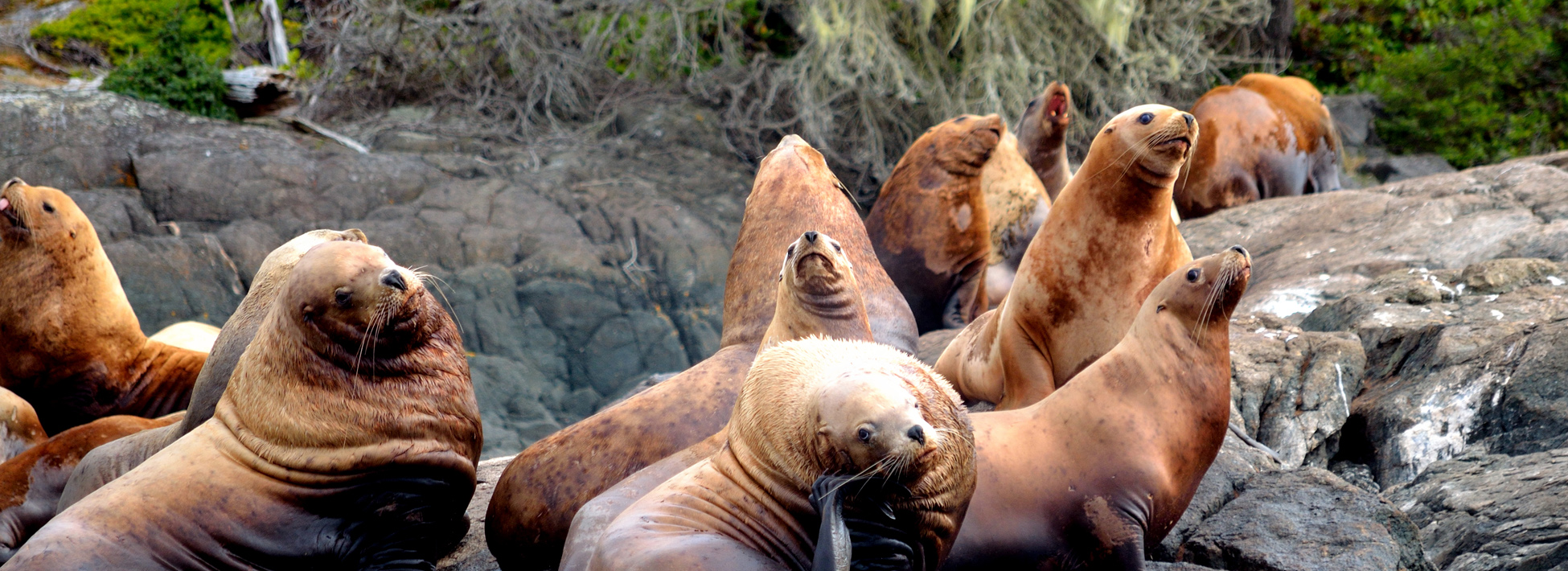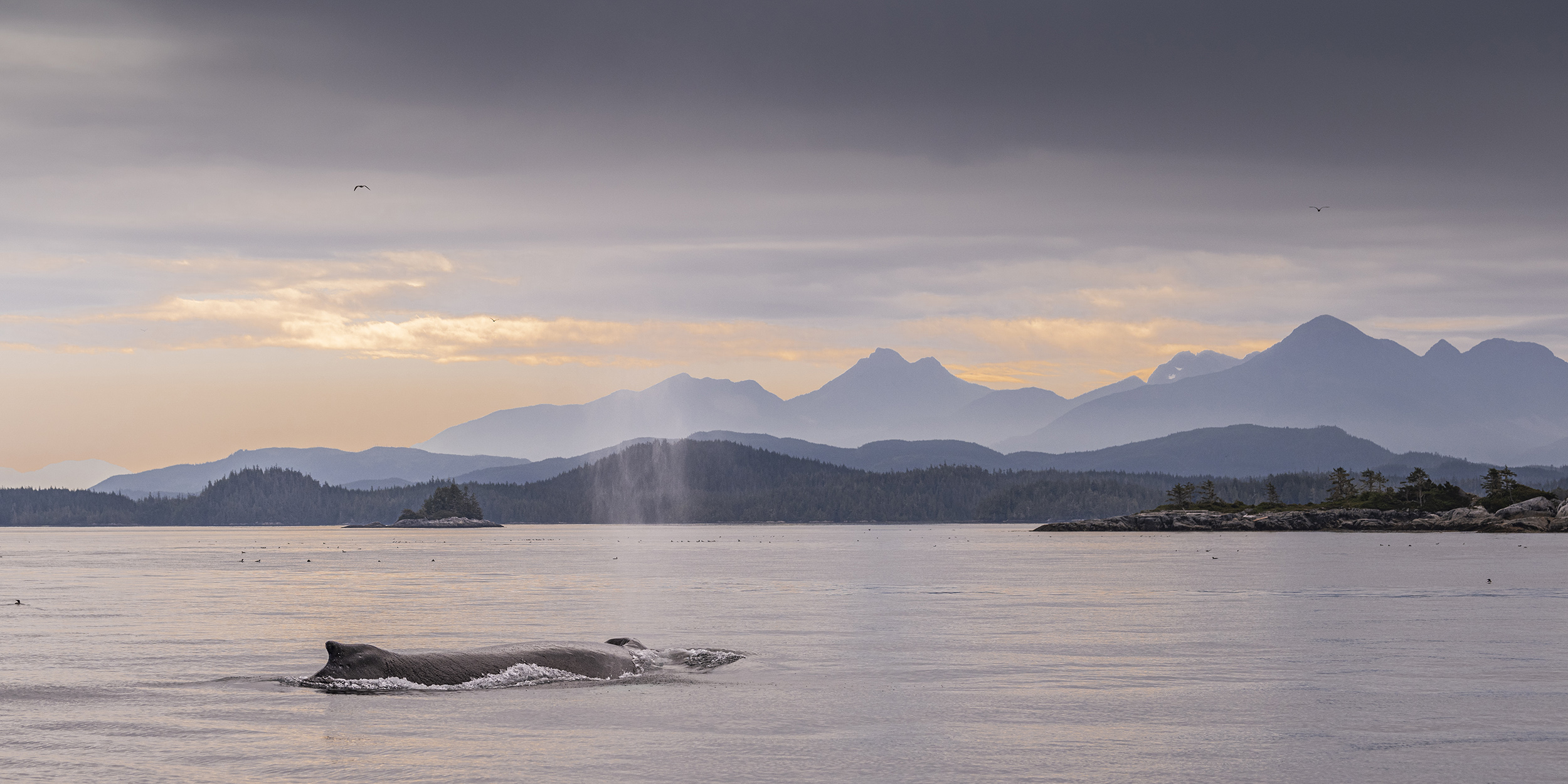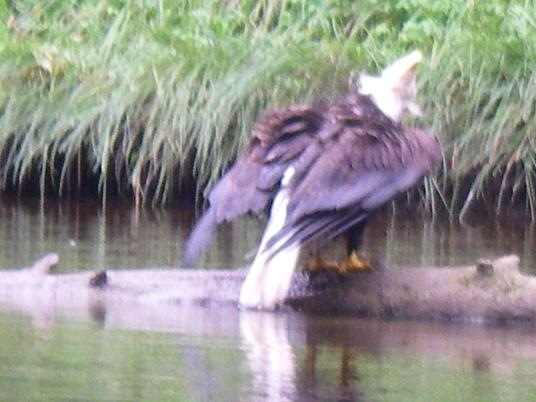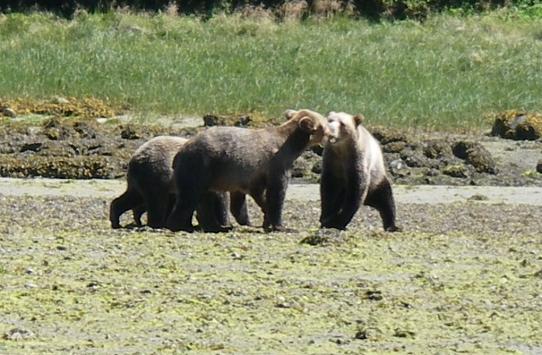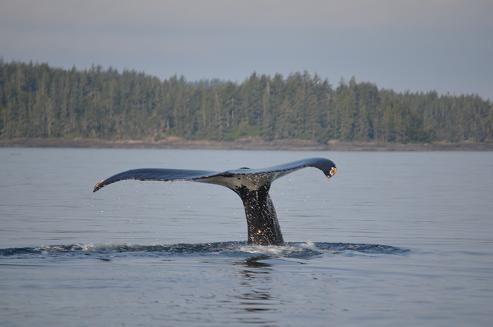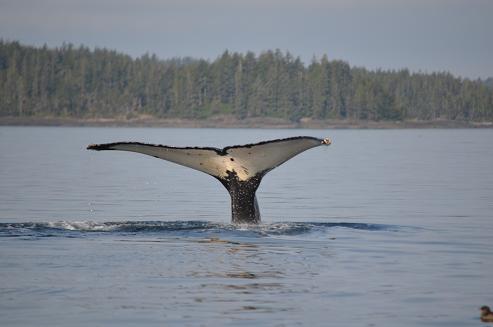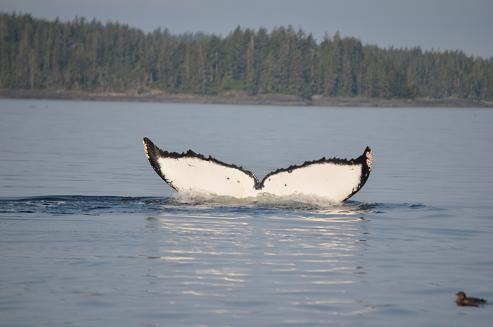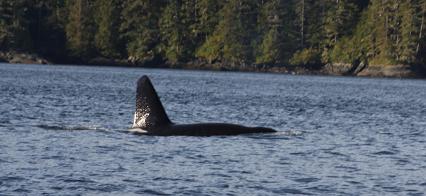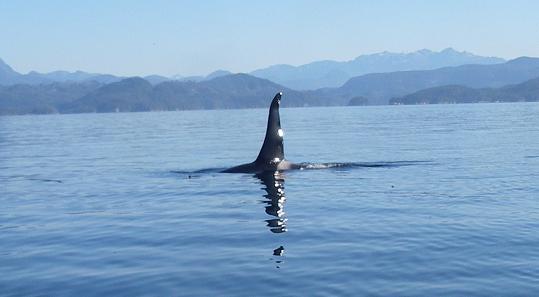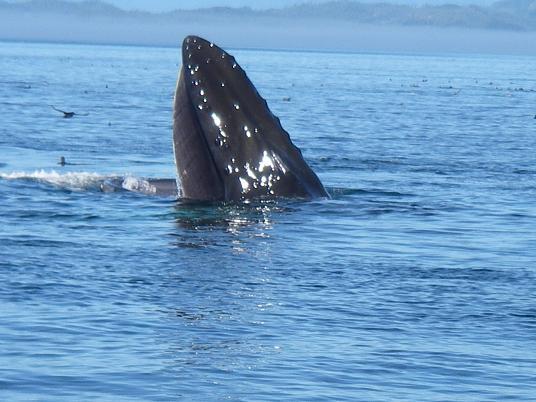This is the case of “I know it must happen but I had never seen it.”. A bald eagle is a bird and birds need to take a bath. This was the day that the guests had to wait for the guide to watch something that he had never seen but once I had explained how rare this was there was more interest on their part. I have been on this river in the summer for more than twenty summers first as a fishing guide and now wildlife viewing so to say that this is rare is an understatement.
